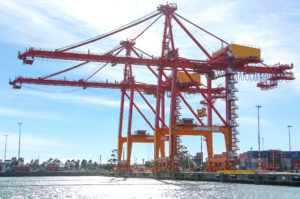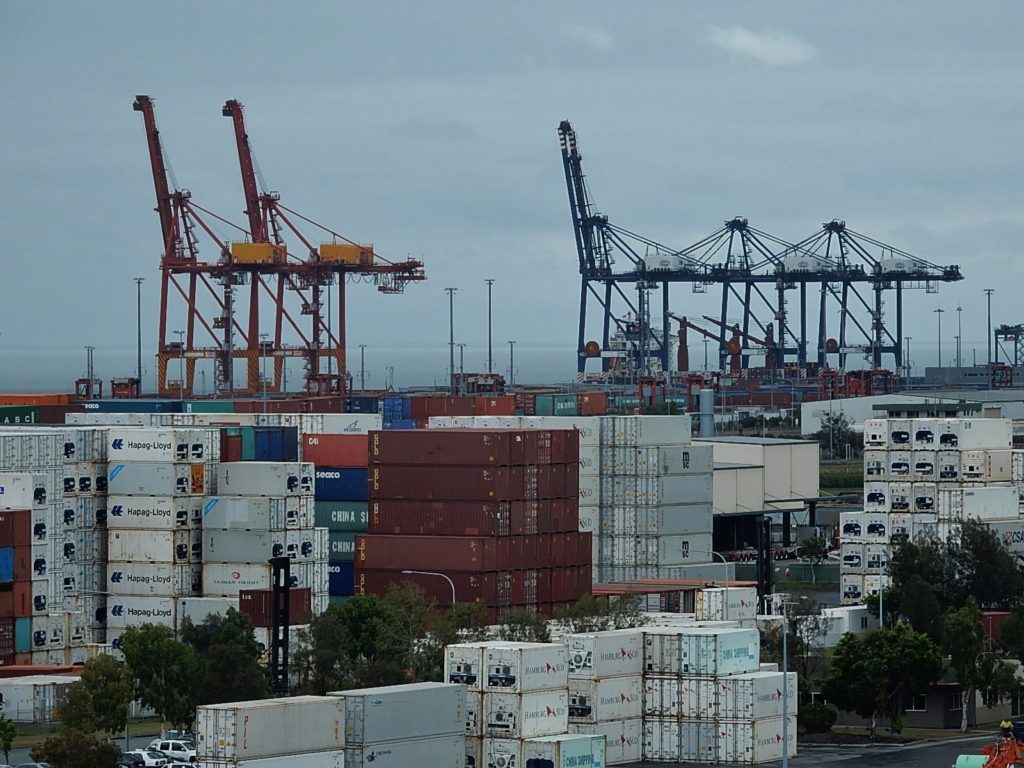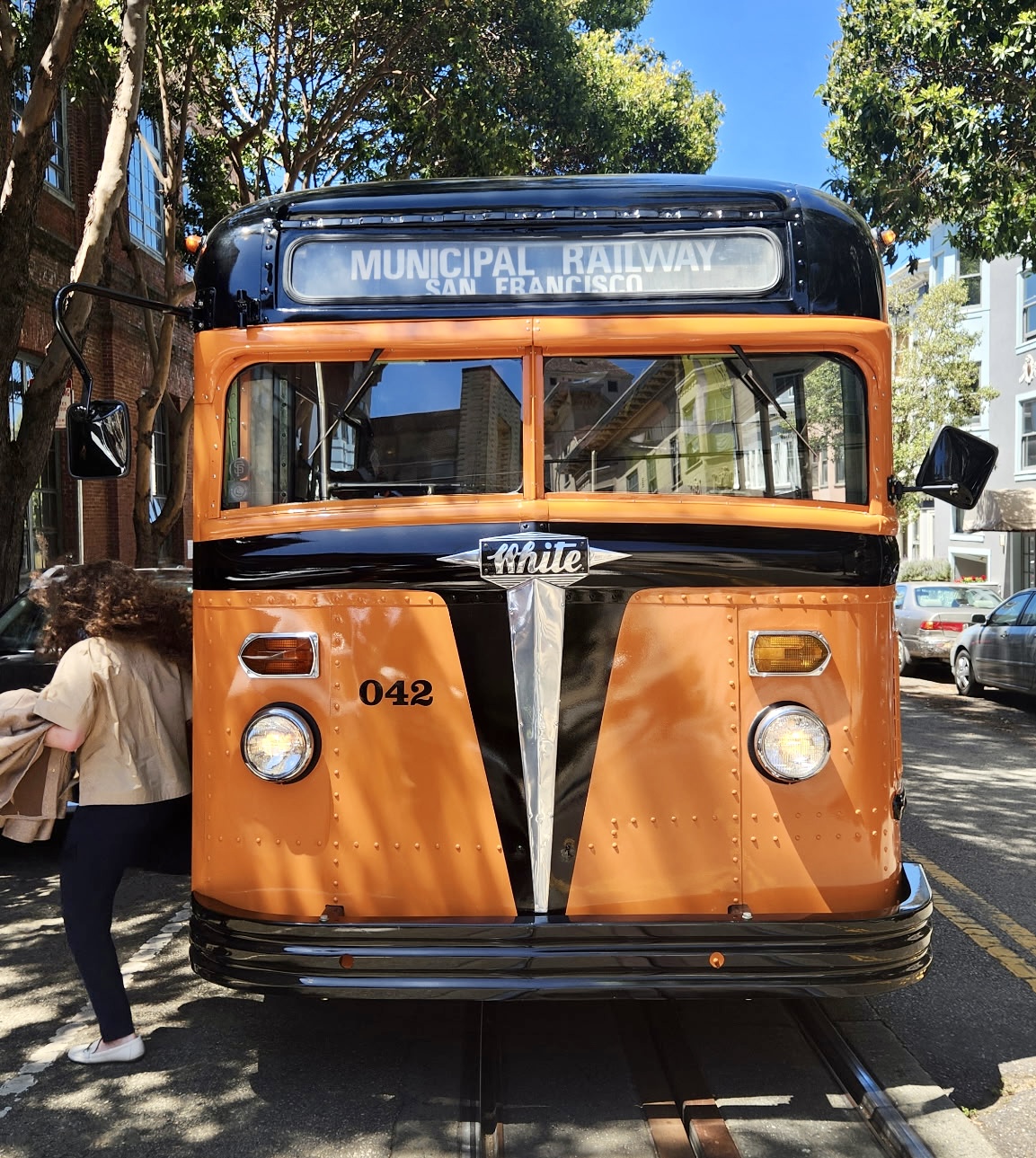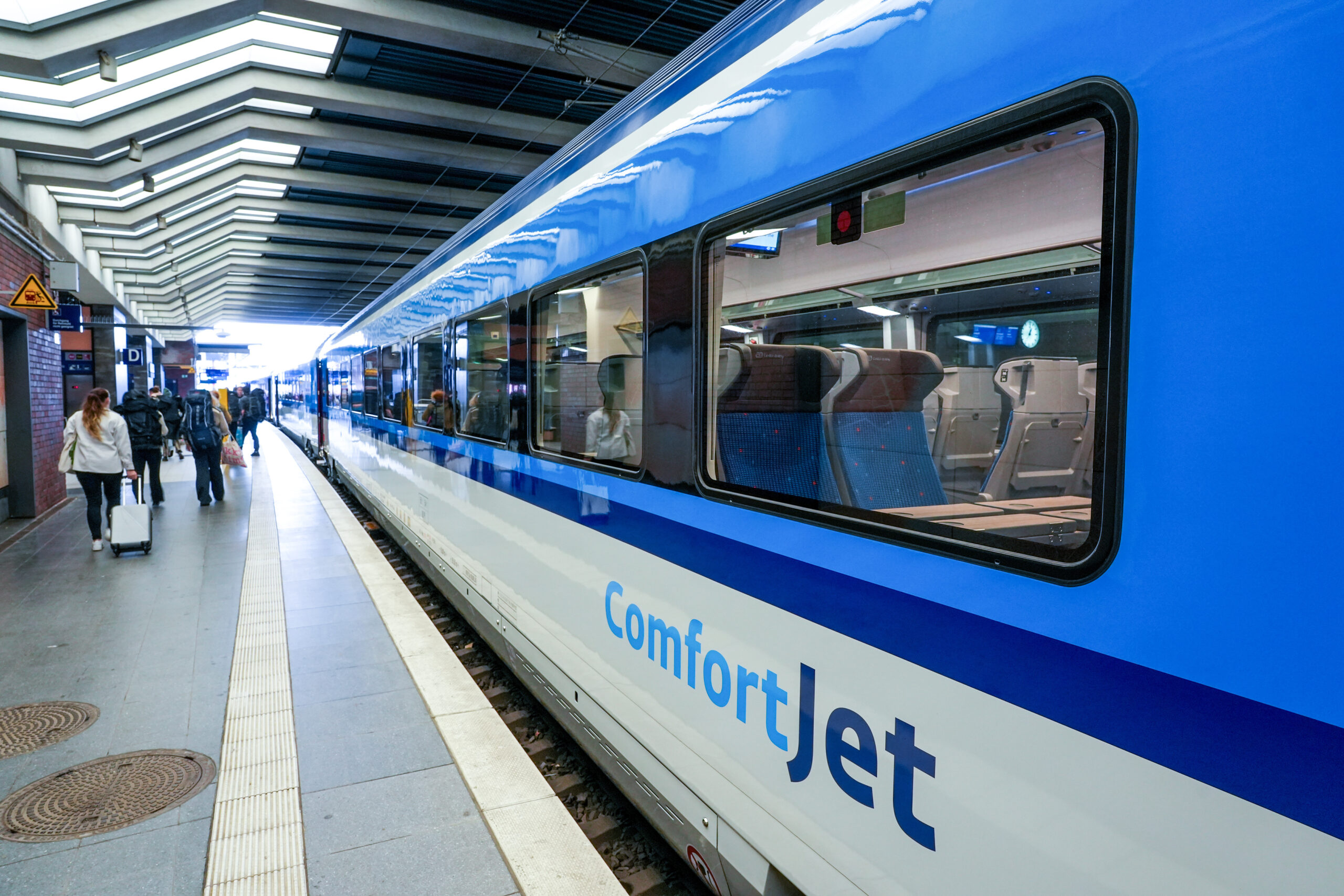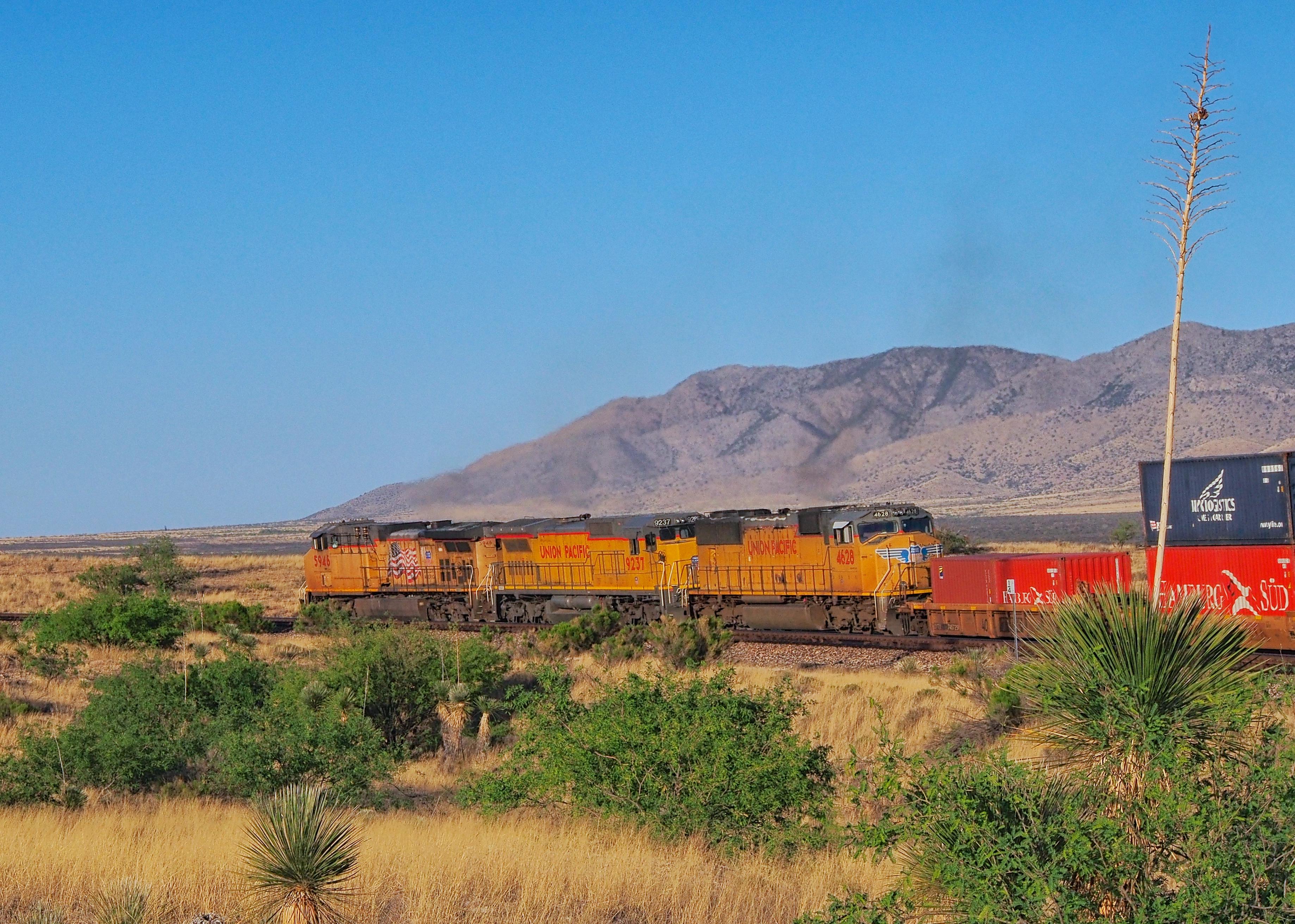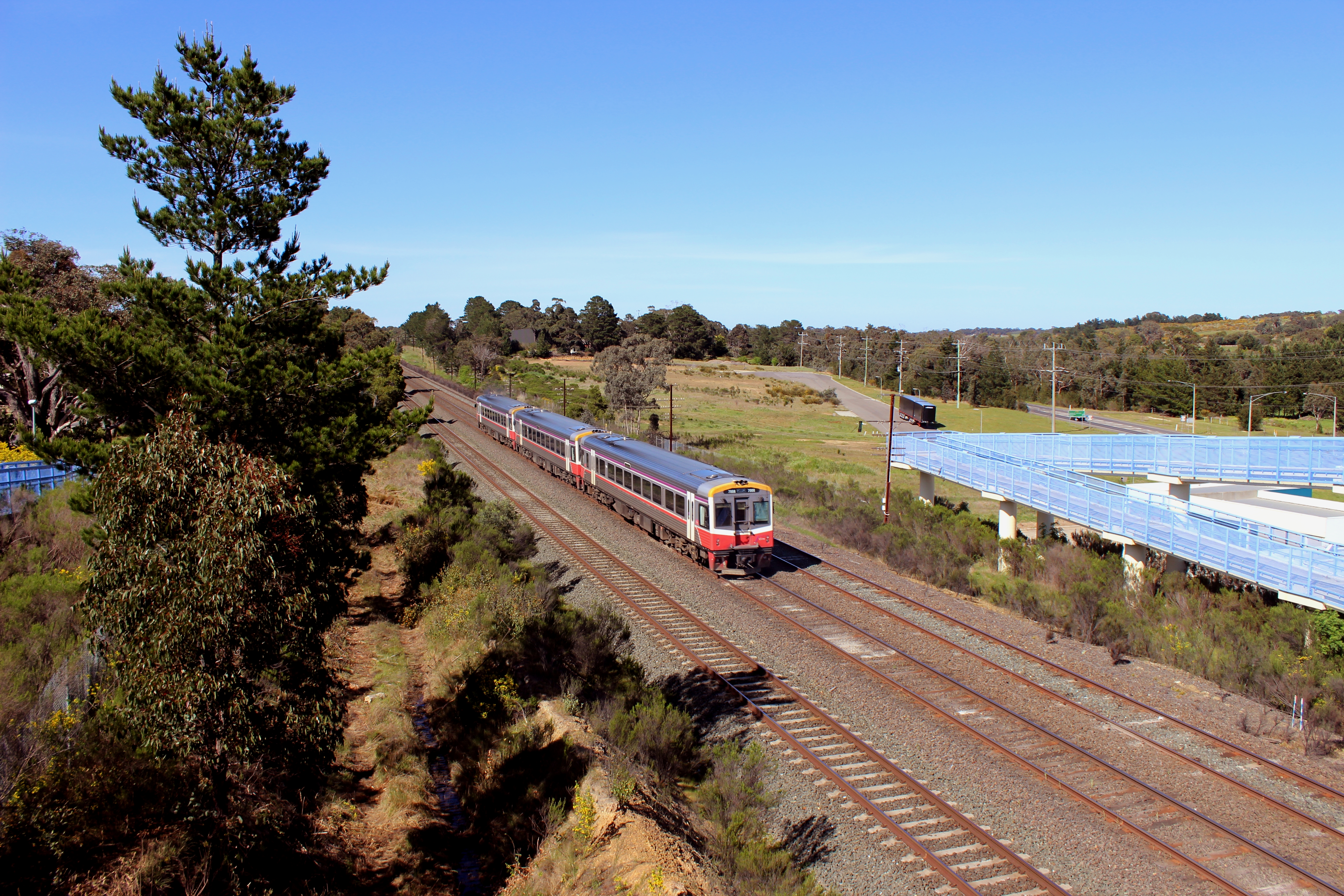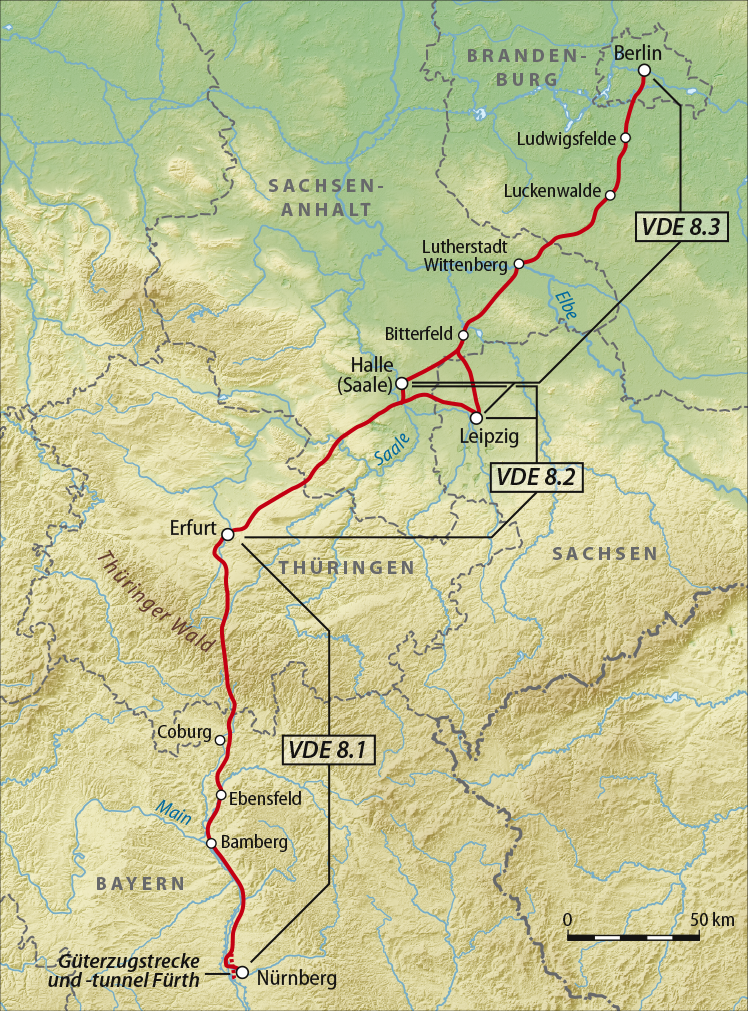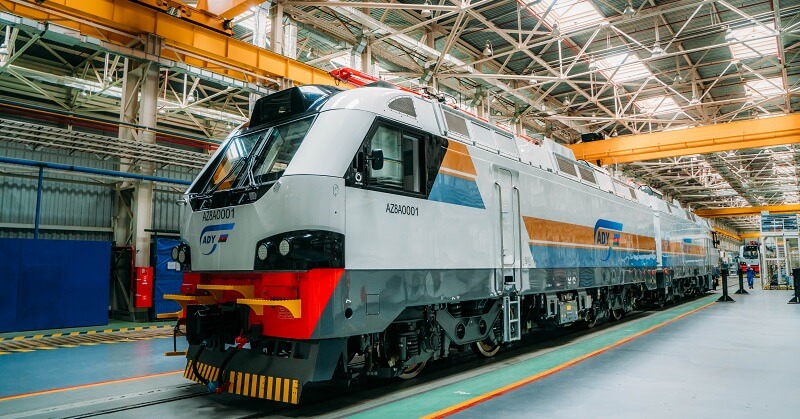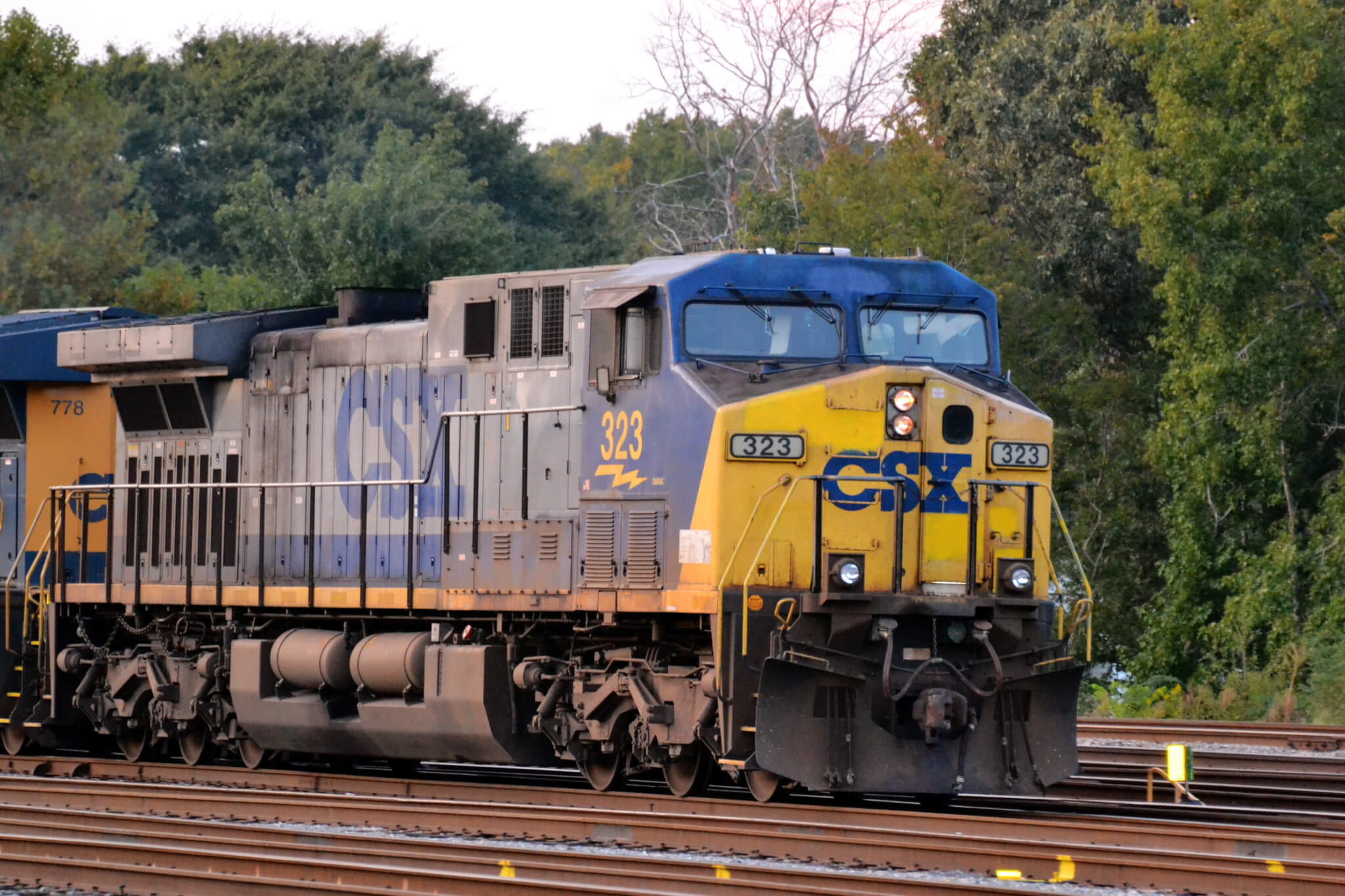The Inland Rail Conference 2018 has identified several key themes for developing the 1,700km Inland Rail link between Melbourne and Brisbane, Australia.
The focus of the conference was identifying the priorities of businesses, governments and local communities. One of the major conclusions was the necessity of securing substantial public investment to support regional development, safety, employment, competitiveness and the supply chain.
The conference, which was jointly hosted by the Australian Logistics Council (ALC) and the Australasian Railway Association (ARA) in Parkes, New South Wales, on 18–19 July 2018, was attended by approximately 400 delegates from across the industry and other stakeholder sectors. It was sponsored by the Australian Rail Track Corporation (ARTC) and the Parkes Shire Council.
Inland Rail Conference 2018
The delegates identified several key priorities for the development of the line:
- Ensuring that the Melbourne-Brisbane transit time of under 24 hours is adhered to and securing the co-operation and active involvement of the Victoria, NSW and Queensland state governments to construct the project.
- Ensuring the planning and construction of links to the Port of Brisbane and the Port of Melbourne and efficient links to other key ports in New South Wales.
- Using the multi-jurisdictional nature of the project to drive harmonisation of planning, environmental, freight data and industry training standards.
- Ensuring that the current and emerging workforce are equipped with skills needed to construct, maintain and operate the Inland Rail link.
- Pro-actively engaging with local communities through local councils, schools and other relevant bodies to ensure they appreciate and can take advantage of the opportunities from the link.
- Partnering with the private sector to drive innovation in how the project is delivered and push further direct and indirect investment along the route.
- Demonstrating the absolute necessity of the project by highlighting negative consequences for Australia’s supply chain efficiency, traffic congestion, passenger rail services and road safety without vastly improved freight rail infrastructure.
- Developing data-gathering frameworks that will enhance freight visibility and demonstrate the viability of Inland Rail as the right mode of transport for particular commodities.
Inland Rail will also form a central part of the National Freight and Supply Chain Strategy that is currently being developed by the Federal Government. This requires an additional focus on infrastructure that supports the seamless integration of Inland Rail into the existing freight network, including links to ports and the construction of intermodal terminals.
The conference illustrates the popularity of the project across the rail industry and among other stakeholders, including ports and regional communities. The success of this inaugural event has prompted the ALC and the ARA to consider hosting the next Inland Rail Conference in Toowoomba in 2019.
2006–2024/5: The Largest Freight Infrastructure Project in Australia
Inland Rail is the largest freight rail infrastructure project in Australia. The first studies were commissioned in 2006, but early works only started in 2017. Construction commenced in 2018 and the first services are expected to start in 2024–25. The line will be an open-access railway which all accredited operators can provide services on. Inland Rail is designed for freight, but it is also possible that the ARTC will work with individual state governments and private operators to develop passenger services on sections of the line.
1,200 km of the line will consist of upgrades to existing corridors, but a new line is required because existing infrastructure will not cope with the future demands of freight transport in Australia. The construction of it is divided into 13 smaller projects based on geographical areas covered by the route. The total cost of the project is $10.9 billion. In its 2016–17 budget the Australian Federal Government committed $9.3 billion to support the planning and construction of the project.

